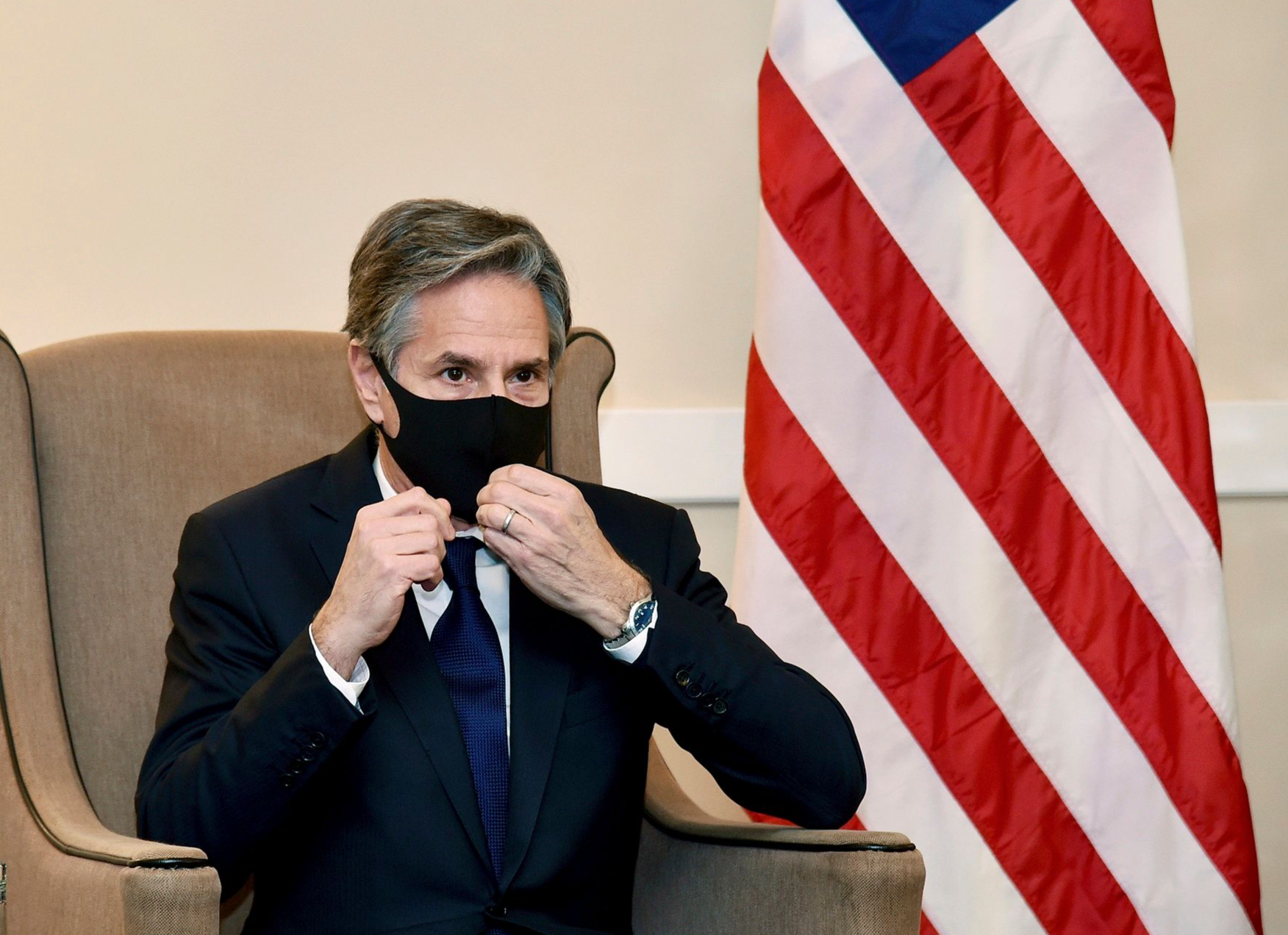Are the kisses back too early?
–
–
In France, it is believed that due to the weakening of barrier gestures in 2021, the epidemic may become more intense.
The coronavirus has greatly changed even the usual gestures and greetings of people. The French Ministry of Health was worried about the fact that citizens stopped observing the so-called barrier gestures. Even President Macron himself is preparing a special speech on this matter. Do gestures really affect the spread of COVID?
French kiss
According to a study by the French Institute of Public Opinion (IFOP) published October 15, 65% of French people kiss their acquaintances again 18 months after the social practice was removed from their list of habits. In March 2021, there were only 39% of those who continued to kiss. The handshake came back as well: 59% of French people resumed shaking hands with their acquaintances, compared with 22% of those who did it 6 months ago.
“We see that the majority of French people no longer follow the instructions of the health authorities in this area,” says François Kraus, director of the IFOP Political Information Center. sanitary prevention “. Even sales of hydroalcoholic gels fell, according to a study by Nielsen Q, which estimates a 59% decline in sales of this product in large retail chains.
According to epidemiologist Antoine Flao, director of the Institute for Global Health, Faculty of Medicine, University of Geneva, kissing is not recommended during an epidemic, but in itself it is not blameworthy. “Transmission of respiratory viruses occurs mainly by aerosol, and only to a very small extent through direct contact,” he explains to Le Figaro. “Of course, during the lull in recent weeks, the French have loosened up some of the barrier gestures, but they were not particularly useful when the virus was not circulating much,” continues the epidemiologist.
Winter is to blame
The onset of winter is accompanied by an increase in the circulation of COVID-19. “The virus will acquire the seasonality of respiratory viruses, returning every winter due to a combination of several factors, including the weather,” said Astrid Vabré, head of the Virology Department at the University of Cannes Hospital.
Moreover, the cold itself contributes to the emergence of risky situations. “In Western Europe, the cold season is gradually establishing itself, increasing social interaction in rooms, in places that are often crowded, poorly ventilated, where we spend several hours, much less opening windows,” adds Antoine Flao.
“The sense of safety associated with vaccinations encourages recklessness,” notes Astrid Vabré. “Monitoring is also becoming less systematic, and fewer tests are performed.”
This is especially true for the elderly. In several regions, alarming incidence rates have been reported among people over 65 years of age. The reason for this was several tea parties with dances and tournaments in belote, where barrier gestures were not observed. “The holiday gatherings have infected people over 65 years old. In one week in Croesus, the incidence among these elderly people has quadrupled,” said Virginie Darfey, prefect of the Croesus department.
“We see a lot of teas with dancing, we have clusters with people who thought they were protected by vaccinations and health passes and tested positive for coronavirus, they went from event to event, spreading the virus,” says Benoit James in detail. from the Loire-de France on France 3.
– .


